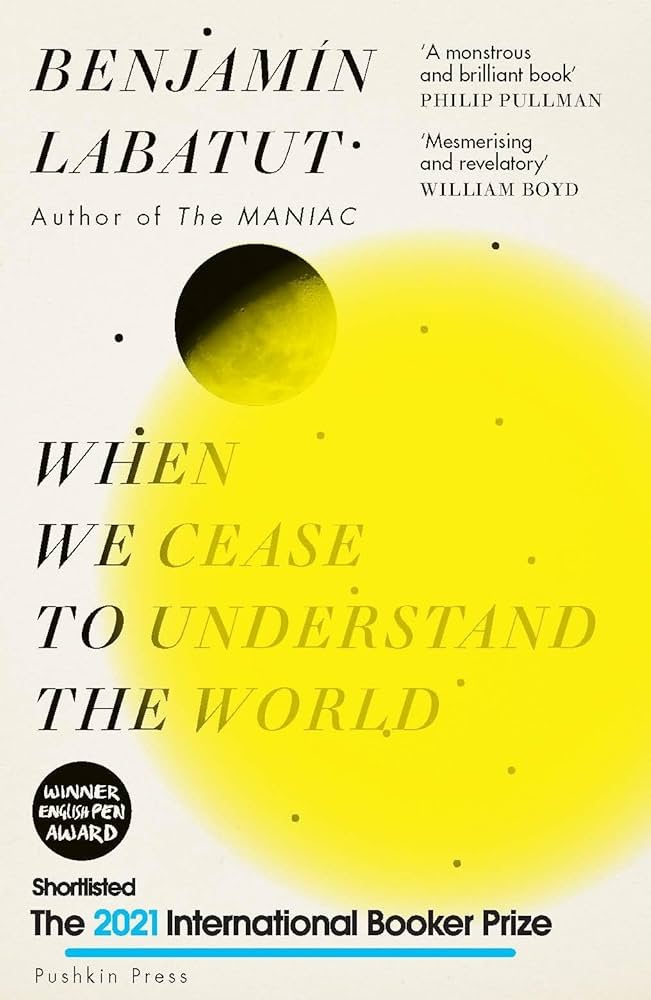Book: The Crisis of Narration by Byung-Chul Han




The most fruitful moments for contemplation are often the least conducive to capture. I've been working on reducing friction in capturing thoughts, feelings, and ideas wherever I may be and whatever I may be doing. At the same time, I want to stay in the moment and not get distracted by the act of capturing itself.
In addition, I want to retain control over all of this data. It should be stored in human-friendly plaintext format. It should touch as few servers as possible and come to rest on a surface that I control.
I am excited about all three of the capture methods I'm about to share with you. Three questions to whet your appetite:
To motivate this, watch this quick summary of the scenarios above, and read on for some tech details for how it all works.







Authoritarian governments have latched onto open-source LLMs like Llama to craft their own models, complete with censorship rules. In places like Russia and China, these censors manifest as an abrupt cutoff, where a stream of text is replaced with an uncanny canned response like "I'd better keep quiet". In this post I'm interested in probing for subtler, more insidious manipulations potentially present in language models controlled by authoritarian governments. How might these warped filters influence entire populations? Are they already shaping our collective understanding in ways we barely notice?

This is the first in a series of vignettes based on observations I captured while creating invention.cards, a visual chronology of science and discovery. In this series I hope to explore bits of the history of science and technology I found fascinating ("that's funny...") while reading and digesting Asimov's chronology and also examine the limitations of source material. First, let's take a really thin slice of human ingenuity: horse-related inventions and discoveries.
I'm pleased to have completed transforming Asimov's Chronology of Science and Discovery into a deck of Magic Cards. Over five years later, all 1477 entries from Asimov's encyclopedia are now represented as illustrated cards on https://invention.cards. The website is rendered based on this master spreadsheet which I compiled with the help of AI and manually vetted. Since AI hallucinations can safely be ignored, and I am infallible, I declare victory!


What if our pursuit of educational equity is perpetuating inequality? Just as a rising tide lifts all boats, true educational equity must lift all students, regardless of background or ability.
In a school setting, equity refers not to the equality of outcomes, but to the equality of opportunities for all students to succeed. In recent years, Seattle Public Schools (SPS) has prioritized supporting students furthest from educational justice (FFEJ), a laudable goal that aims to address historical inequities. However, this narrow focus has unintended consequences. While healthy adults may not need medicine, children — even the brightest — require external stimulation to reach their full academic potential. Here are three negative secondary effects of an overemphasis on FFEJ students.
